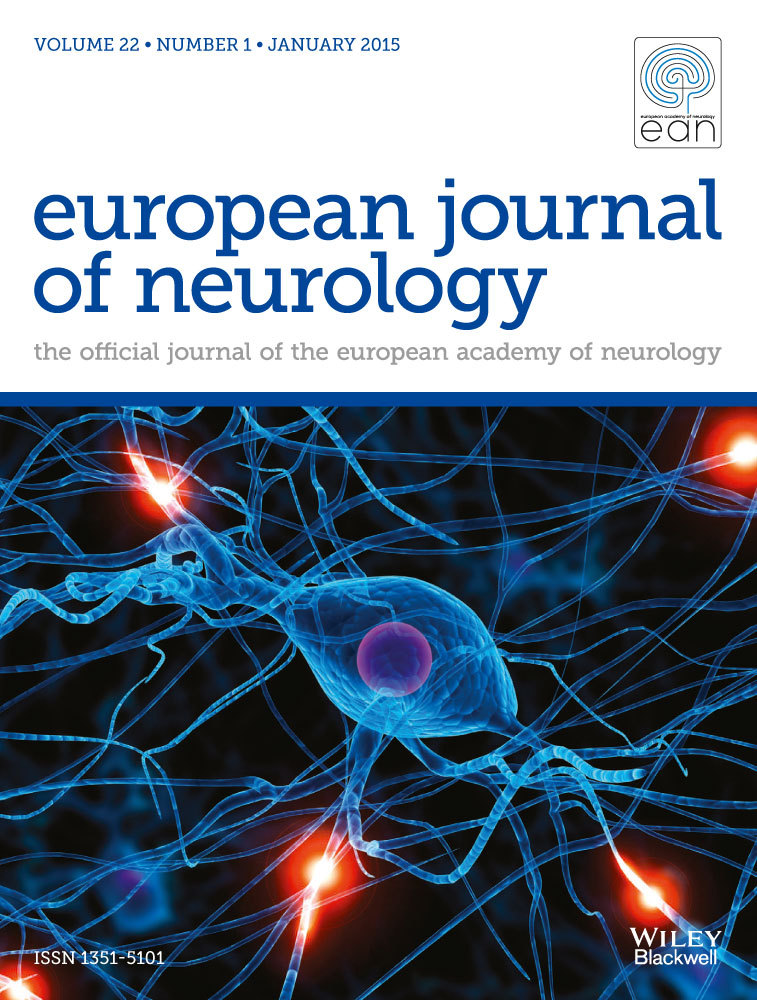Unreactive EEG Background Is Associated With Unfavorable Outcome in Patients With Disorders of Consciousness of Various Etiologies: An Adult Cohort Study
Abstract
Objective
Prognostication of neurological outcome in critically ill patients presents significant challenges. While EEG reactivity may be associated with outcome in hypoxic–ischemic brain injury (HIBI), it has received scarce attention in other etiological conditions. Our objective was to investigate the association of EEG reactivity to clinical outcome in patients with disorders of consciousness of various etiologies.
Method
This is an ancillary study of the randomized CERTA trial (NCT03129438), which included adults with disorders of consciousness randomized to continuous EEG for 30–48 h or two routine EEGs (20–30 min). We explored the association between EEG characteristics and neurological outcome at 6 months, a modified Rankin Scale (mRS) 3–6 being considered unfavorable.
Results
A total of 364 patients were included. Among them, 112 patients had HIBI, 85 intracranial hemorrhage (ICH), 28 ischemic stroke, 48 traumatic brain injury (TBI), 23 toxic-metabolic encephalopathy, 7 encephalitis, and 114 had unknown or other etiologies. In the overall cohort, abnormal background continuity (OR 2.33, 95% CI [1.15–4.76], p = 0.019), ictal–interictal continuum features (OR 2.78, 95% CI [1.16–6.67], p = 0.021) and unreactive background (OR 10.9, 95% CI [1.97–58.82], p = 0.006) were independently associated with unfavorable outcome. In the overall cohort, unreactive EEG had specificity of 97.3% (95% CI [94.3–100]) and sensitivity of 22.1% (95% CI [17–27.2]) for unfavorable outcome. In HIBI, specificity was 97% (95% CI [91.1–100]) and sensitivity 46.8% (95% CI [35.8–57.8]); in ICH, specificity was 94.1% (95% CI [83–100]) and sensitivity 8.8% (95% CI [2.05–15.55]); in TBI, specificity was 94.1% (95% CI [83–100]) and sensitivity 22.6% (95% CI [7.8–37.3]).
Conclusion
In this etiologically mixed cohort of critically ill adults, unreactive EEG predicted unfavorable outcome at 6 months with high specificity. EEG reactivity may reduce prognostic uncertainty not only for patients with HIBI, but also for other types of acute brain injury, such as TBI and ICH.


 求助内容:
求助内容: 应助结果提醒方式:
应助结果提醒方式:


